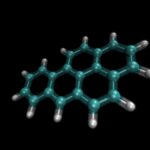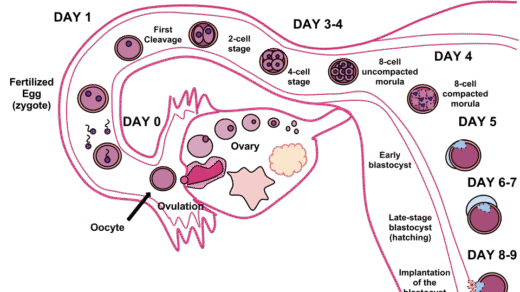Coupled Reactions in Metabolism
A coupled reaction occurs when an energetically unfavorable reaction (endergonic) is driven by an energetically favorable reaction (exergonic). The most common exergonic reaction used in cells is the hydrolysis of ATP.
Mechanism of Coupling In coupled reactions, the free energy released from the exergonic reaction is used to power the endergonic reaction. This linkage ensures that the overall free energy change (AG) is negative, making the combined process spontaneous.
Example
ATP Hydrolysis ATP hydrolysis is a prime example of an exergonic reaction that provides the necessary energy for various cellular processes. The hydrolysis of ATP to ADP and Pi (inorganic phosphate) releases a significant amount of energy:

Coupling in Biosynthesis One of the most important applications of coupled reactions is in biosynthesis, where complex molecules are synthesized from simpler ones. For instance, the synthesis of glutamine from glutamate and ammonia is endergonic:

To make this reaction proceed, it is coupled with ATP hydrolysis:

The overall coupled reaction is:

Muscle Contraction Muscle contraction is another process that relies on coupled reactions. The hydrolysis of ATP provides the energy necessary for the conformational changes in myosin that lead to muscle contraction:

Active Transport Active transport of ions and molecules across cell membranes also depends on coupled reactions. For example, the sodium-potassium pump (Na+/K+ ATPase) transports Na+ out of the cell and K+ into the cell against their concentration gradients using the energy from ATP hydrolysis:
Conclusion Coupled reactions are vital for cellular metabolism, enabling cells to perform essential functions by linking unfavorable reactions with favorable ones. The hydrolysis of ATP plays a central role in these processes, providing the necessary energy to drive various cellular activities. Understanding coupled reactions is crucial for comprehending how cells harness and utilize energy efficiently.

✦✦✦✦✦✦✦✦✦
















